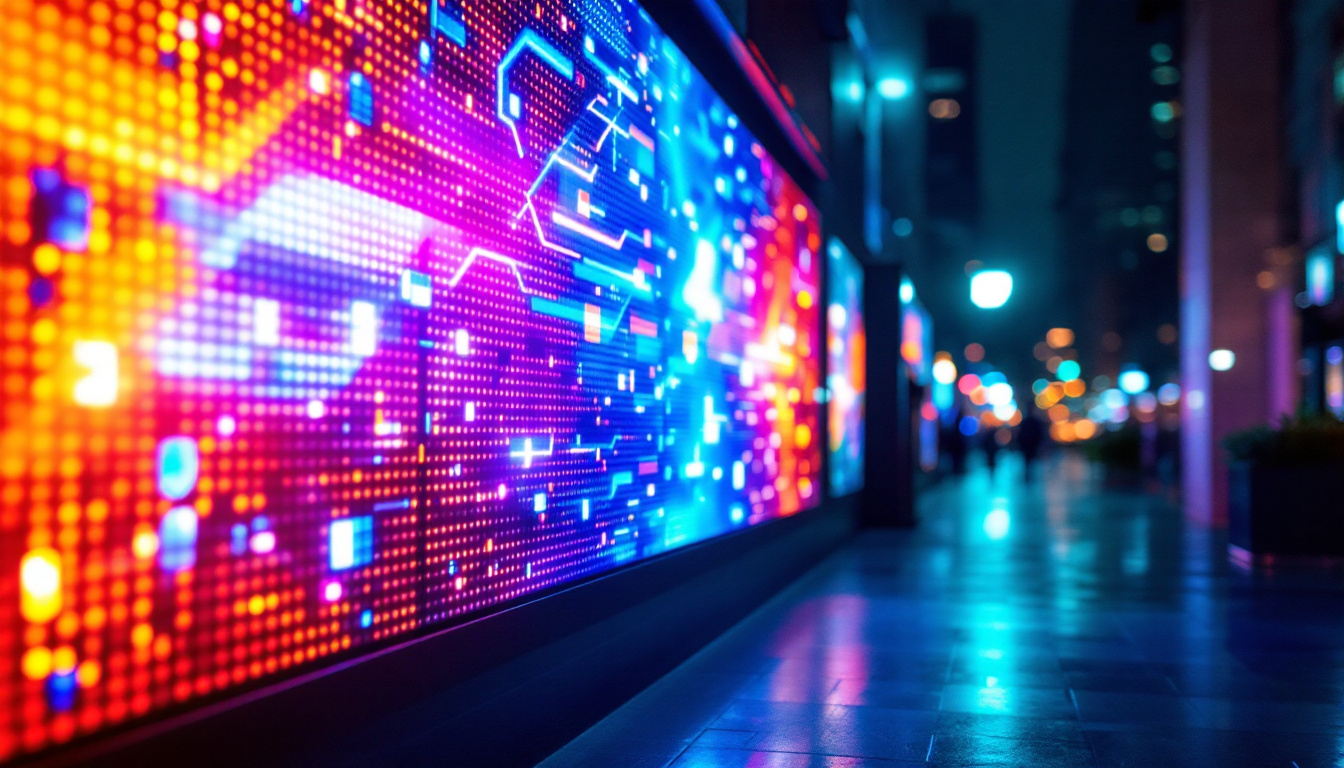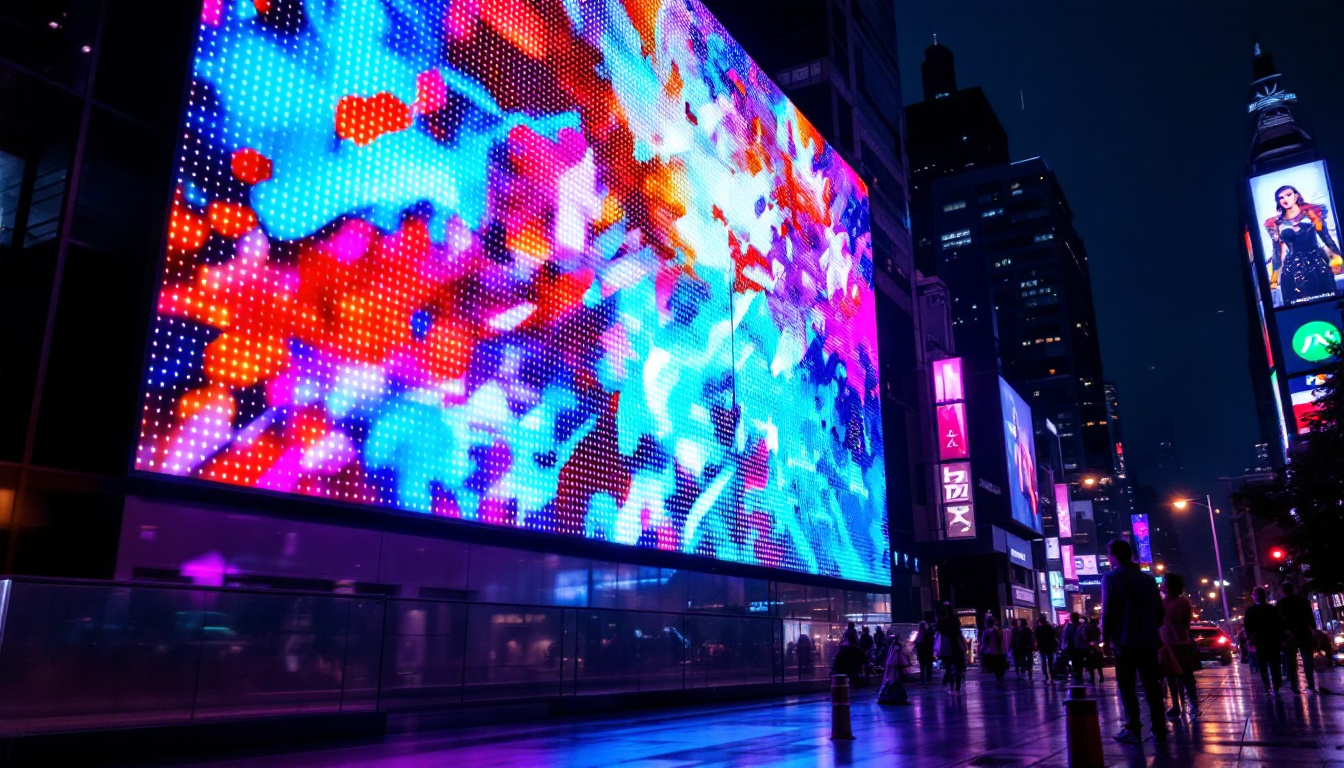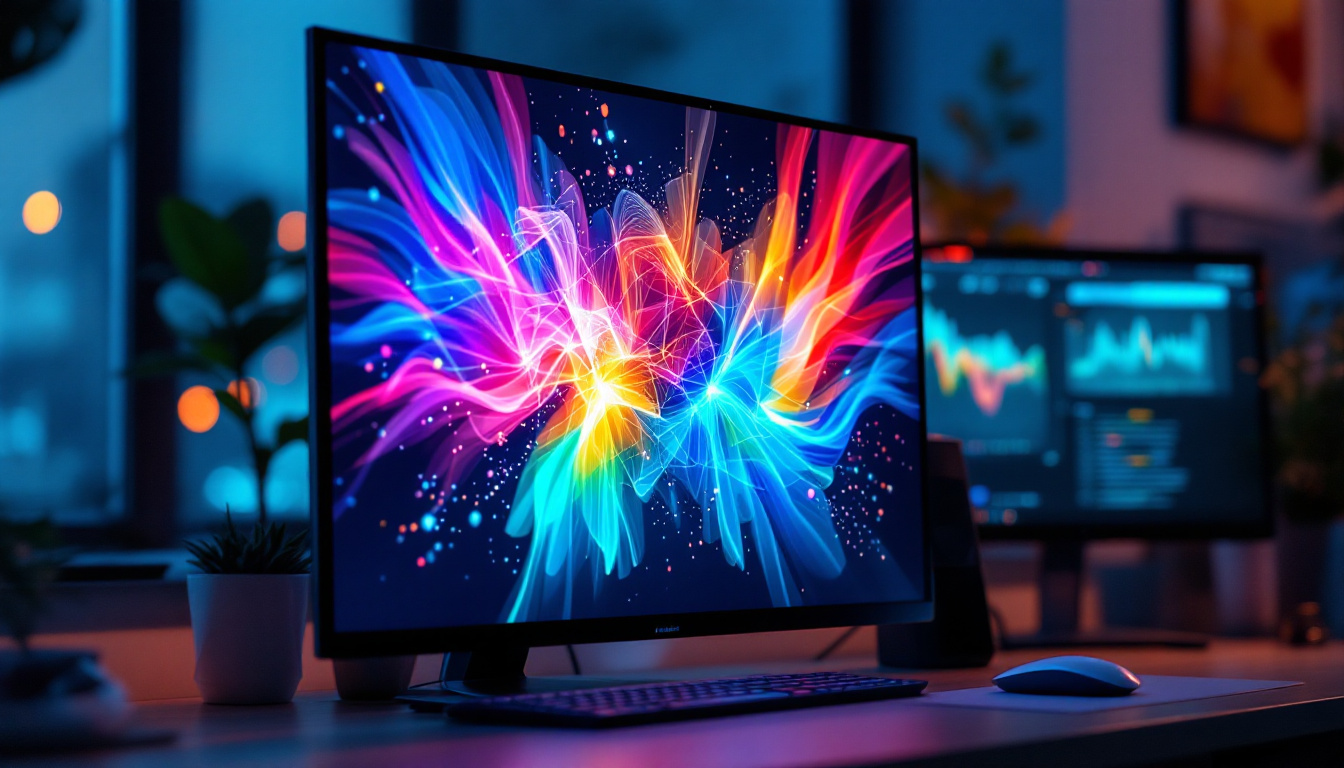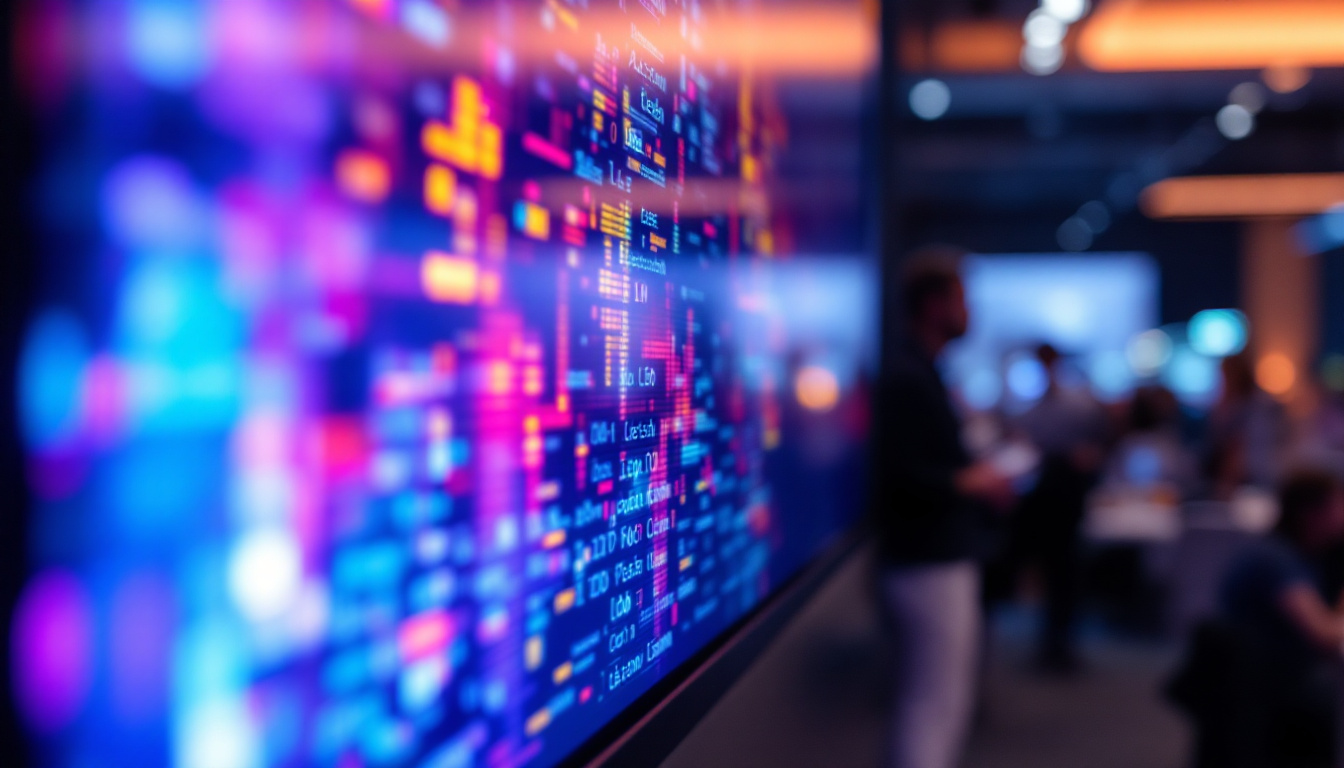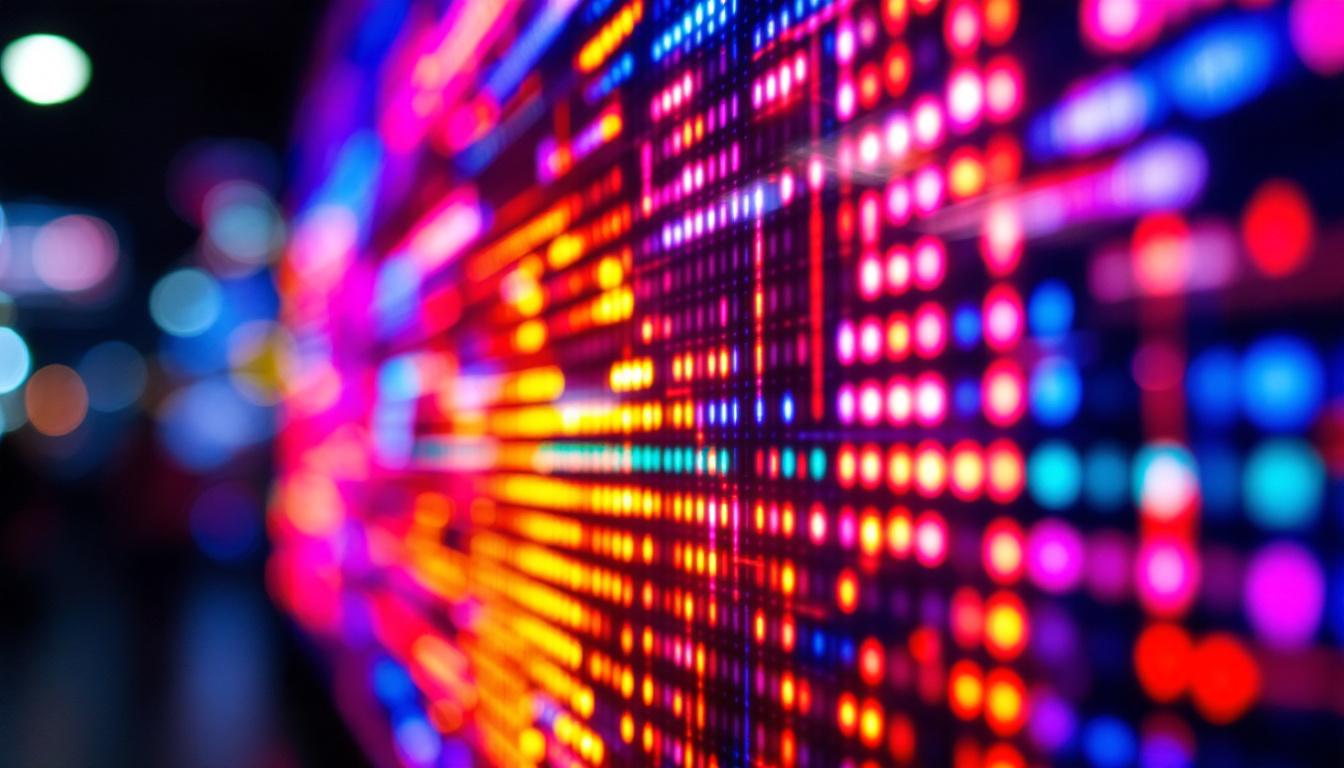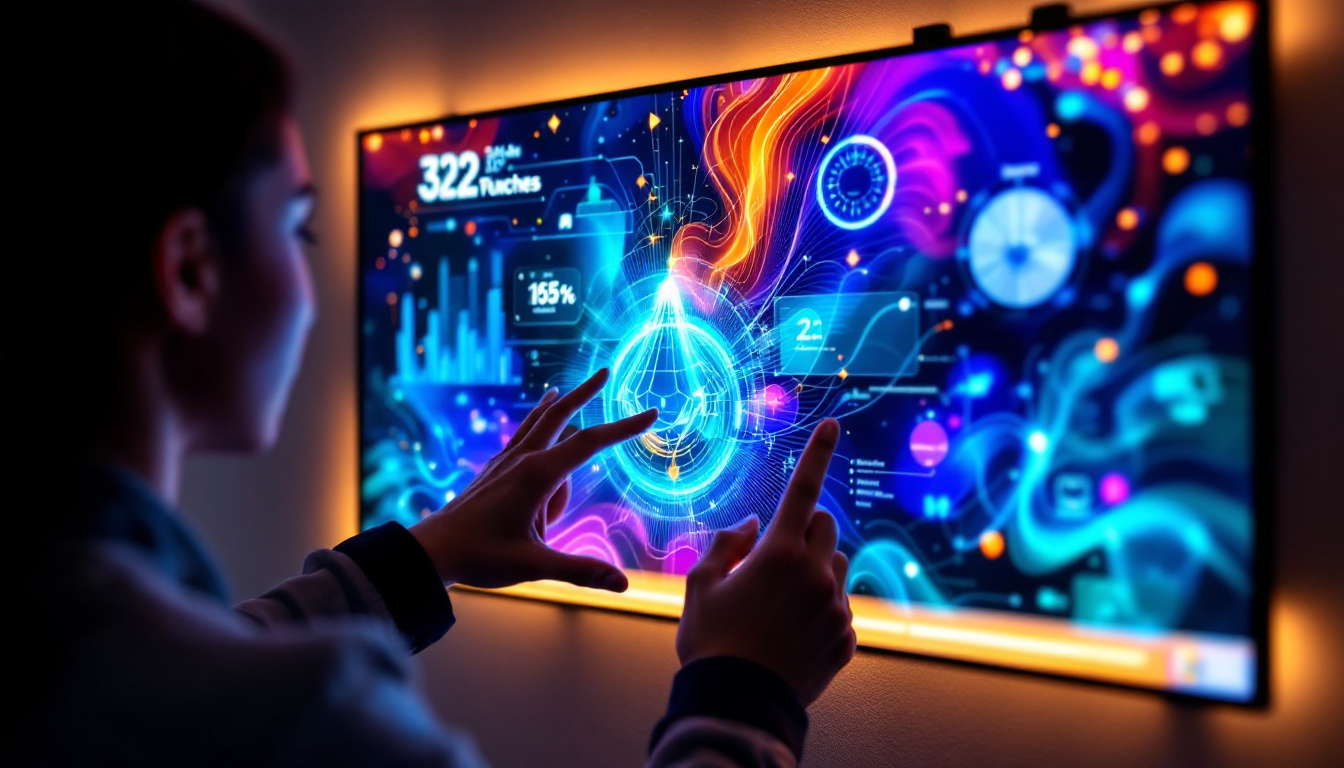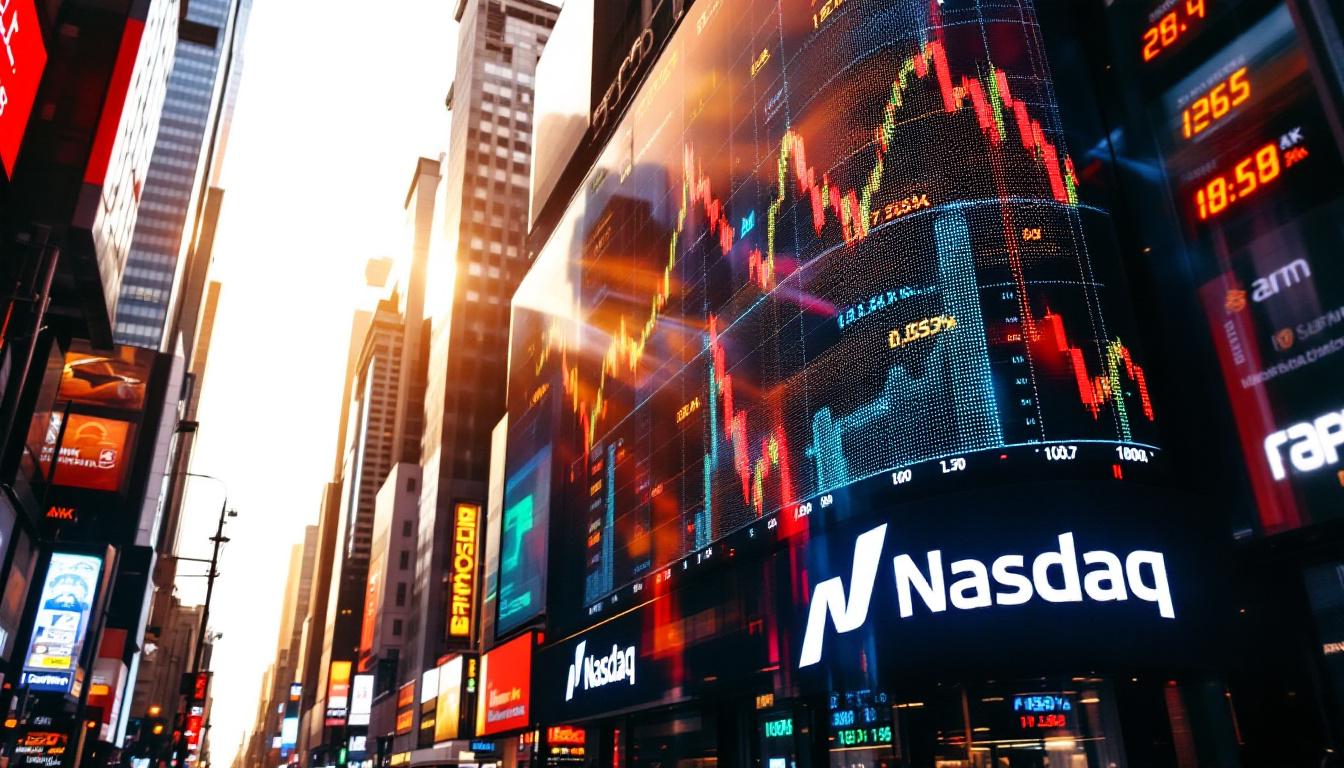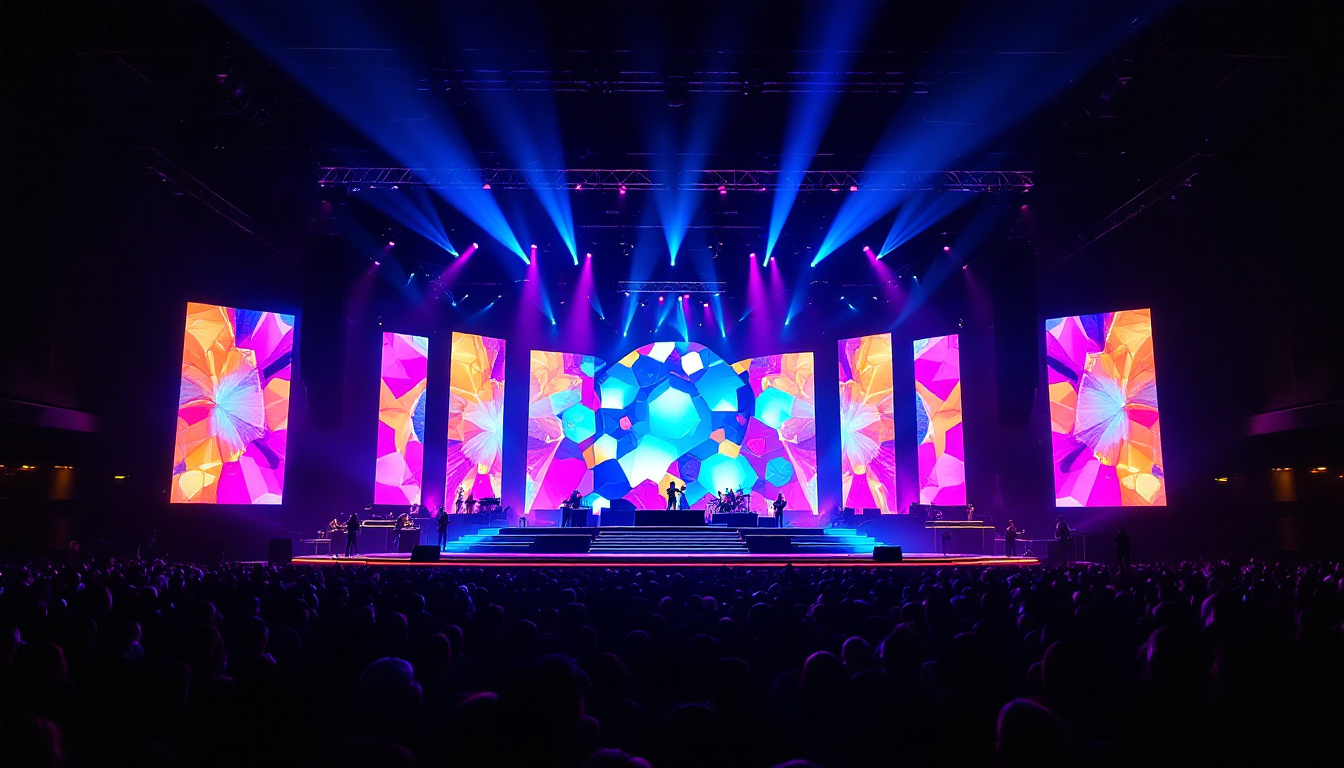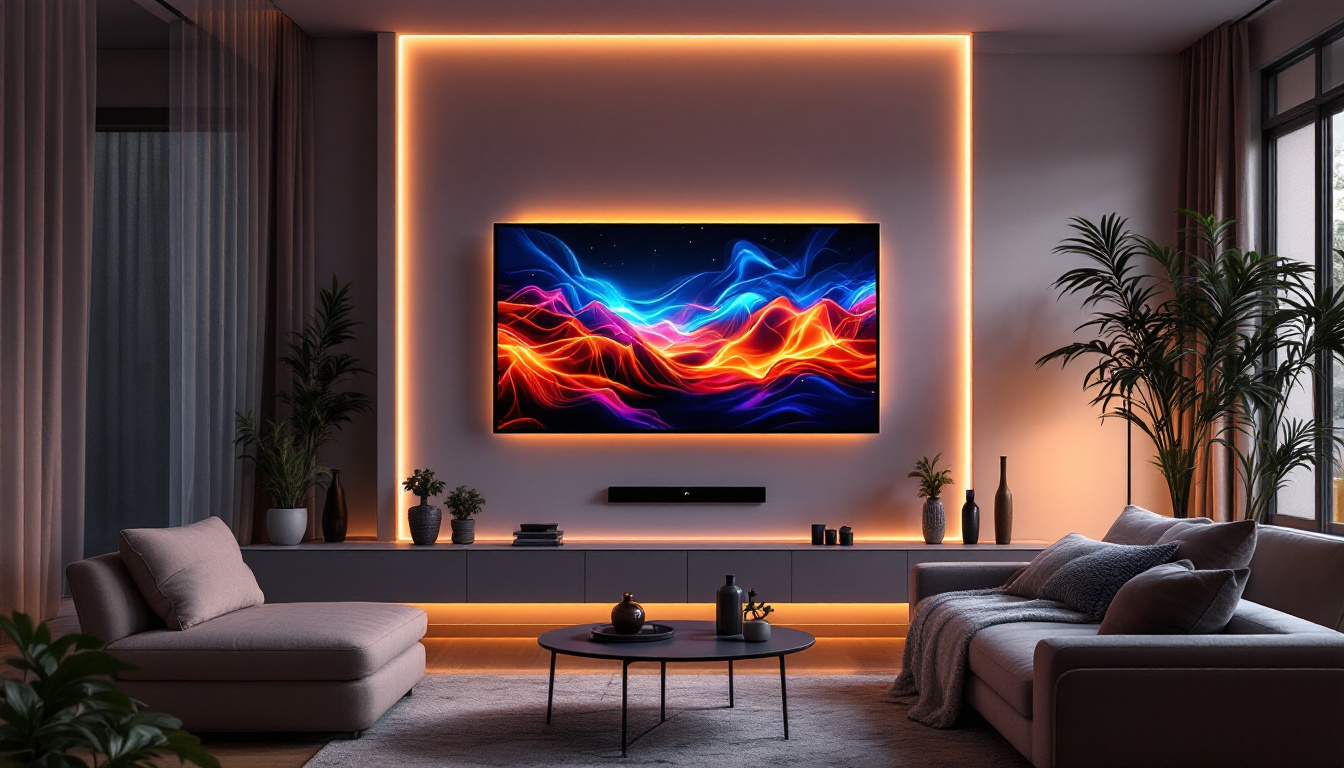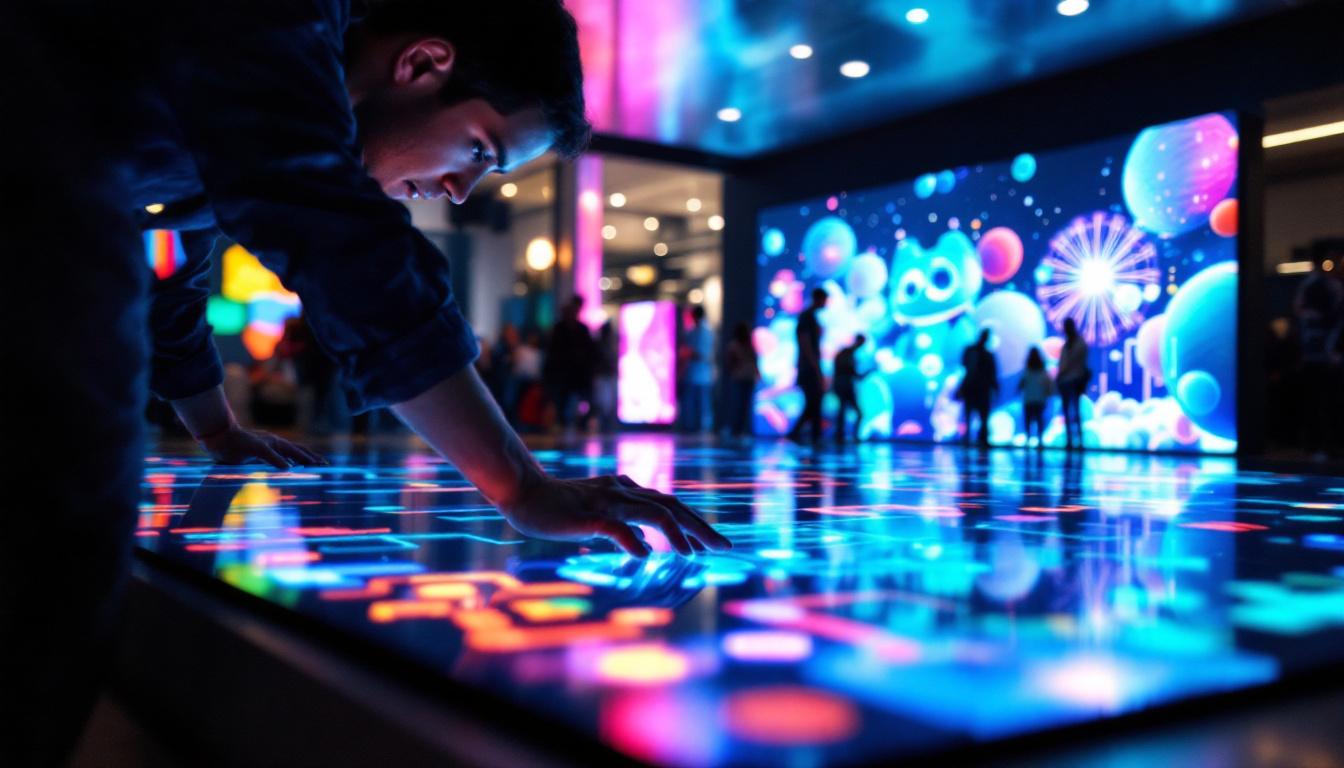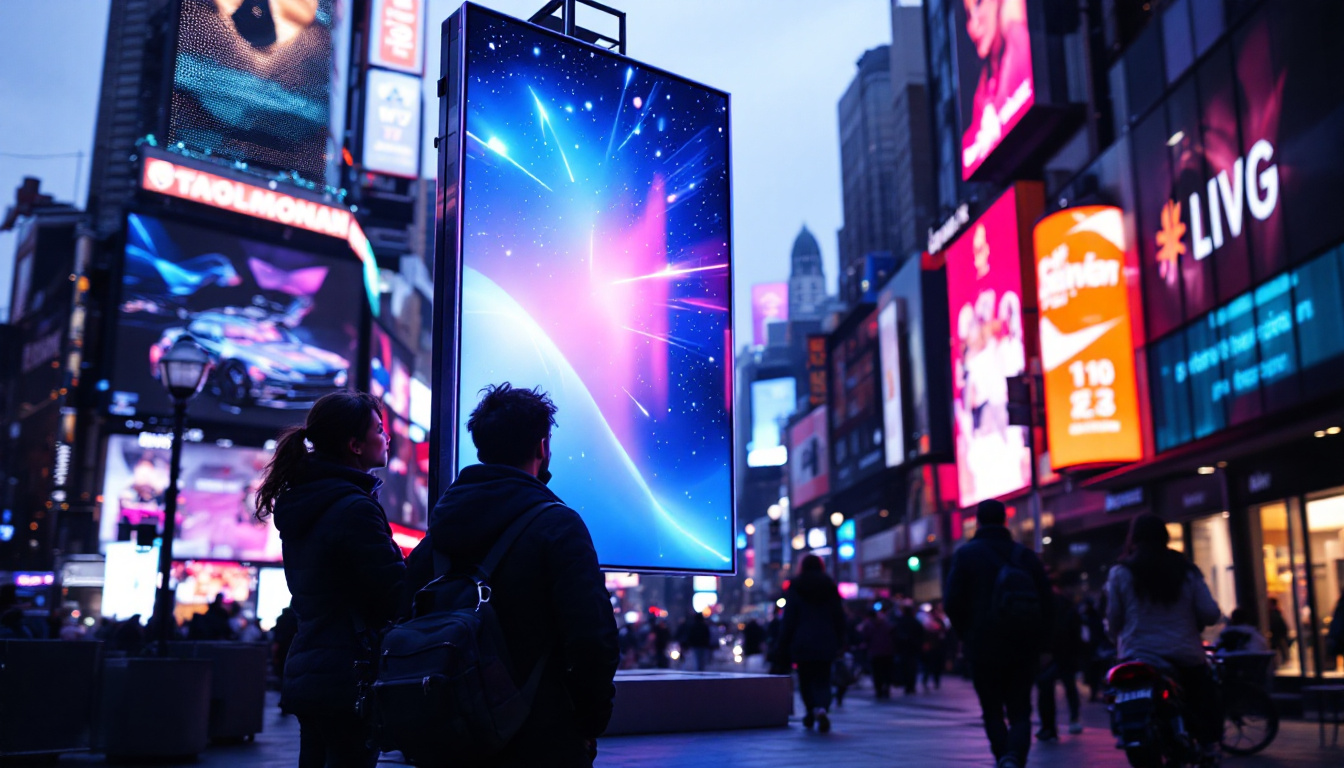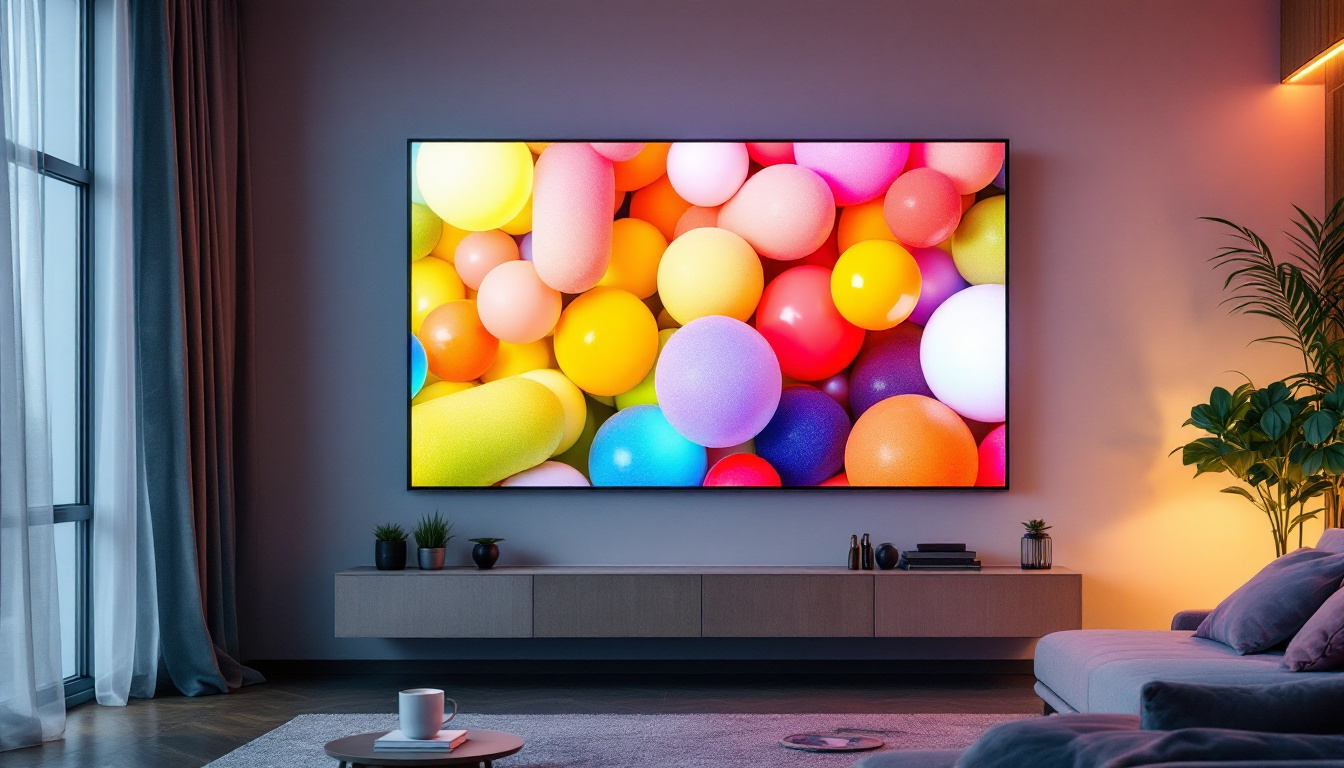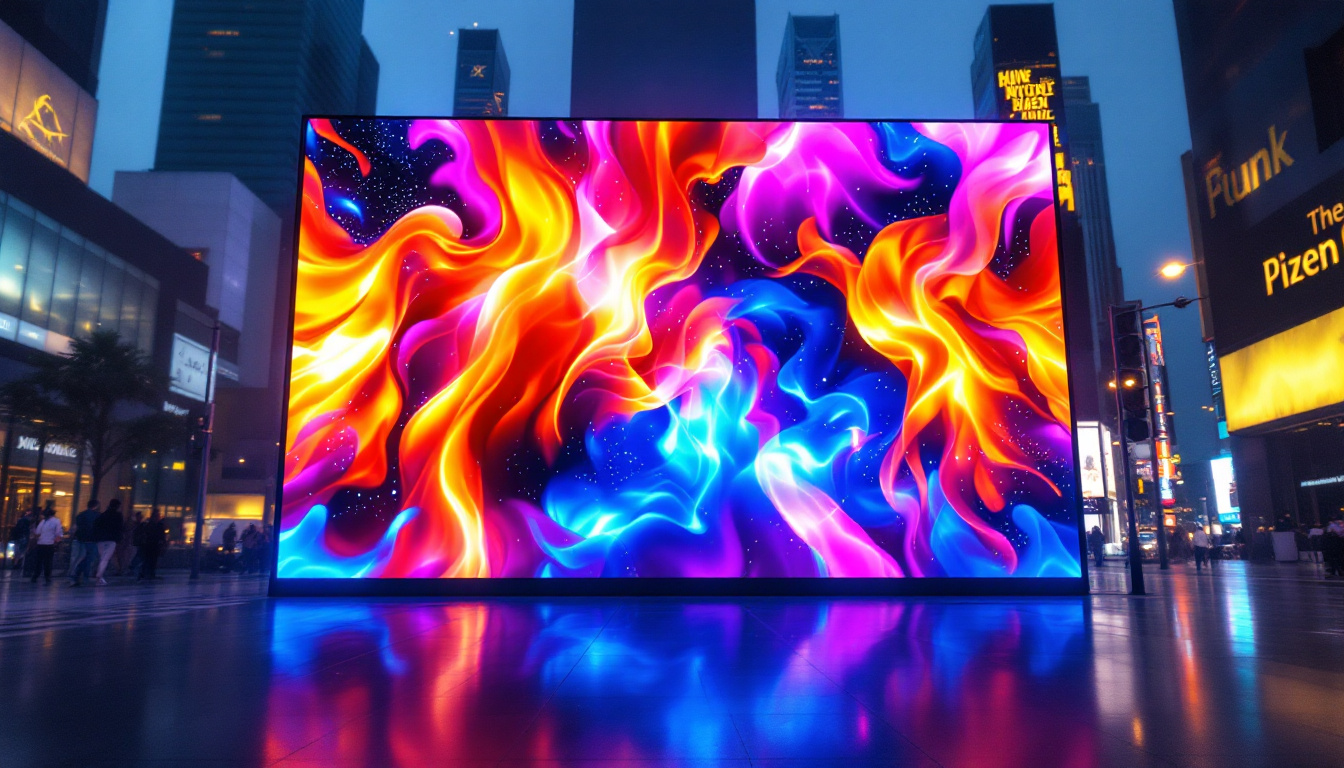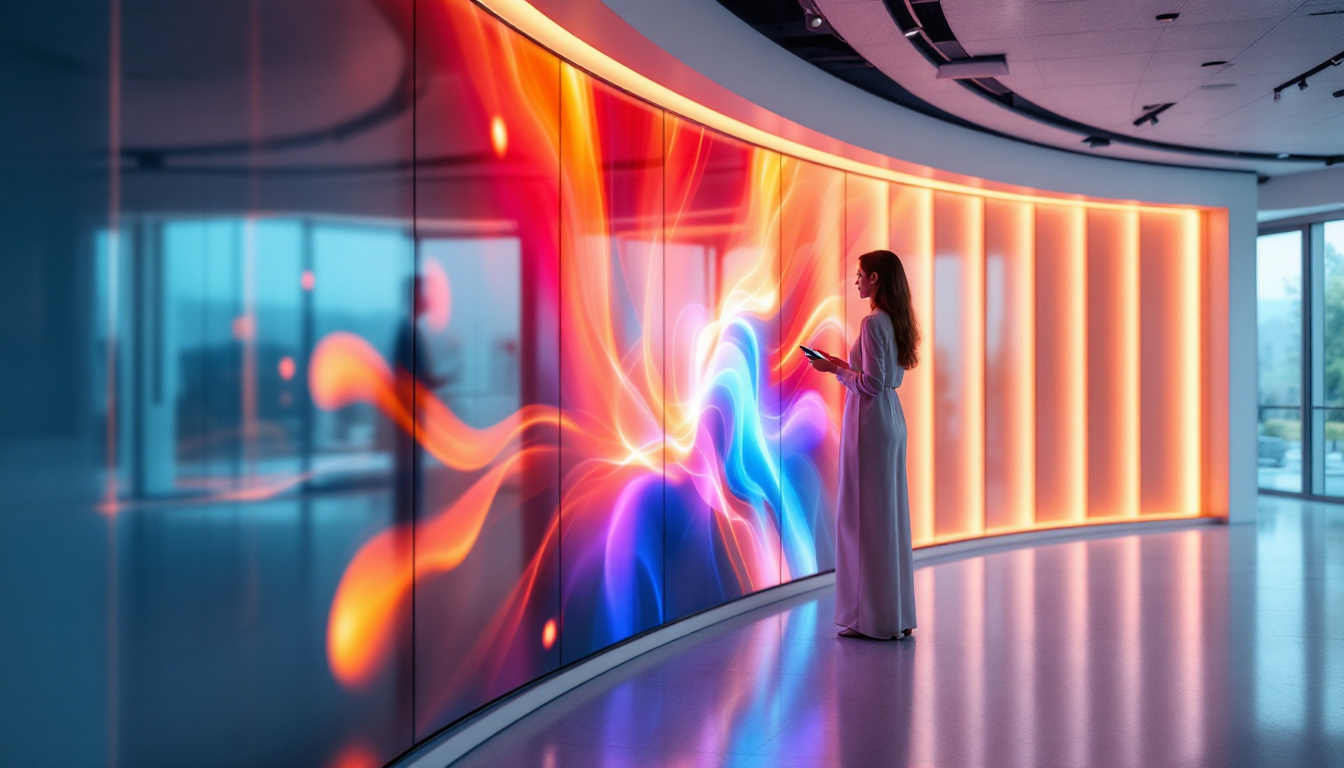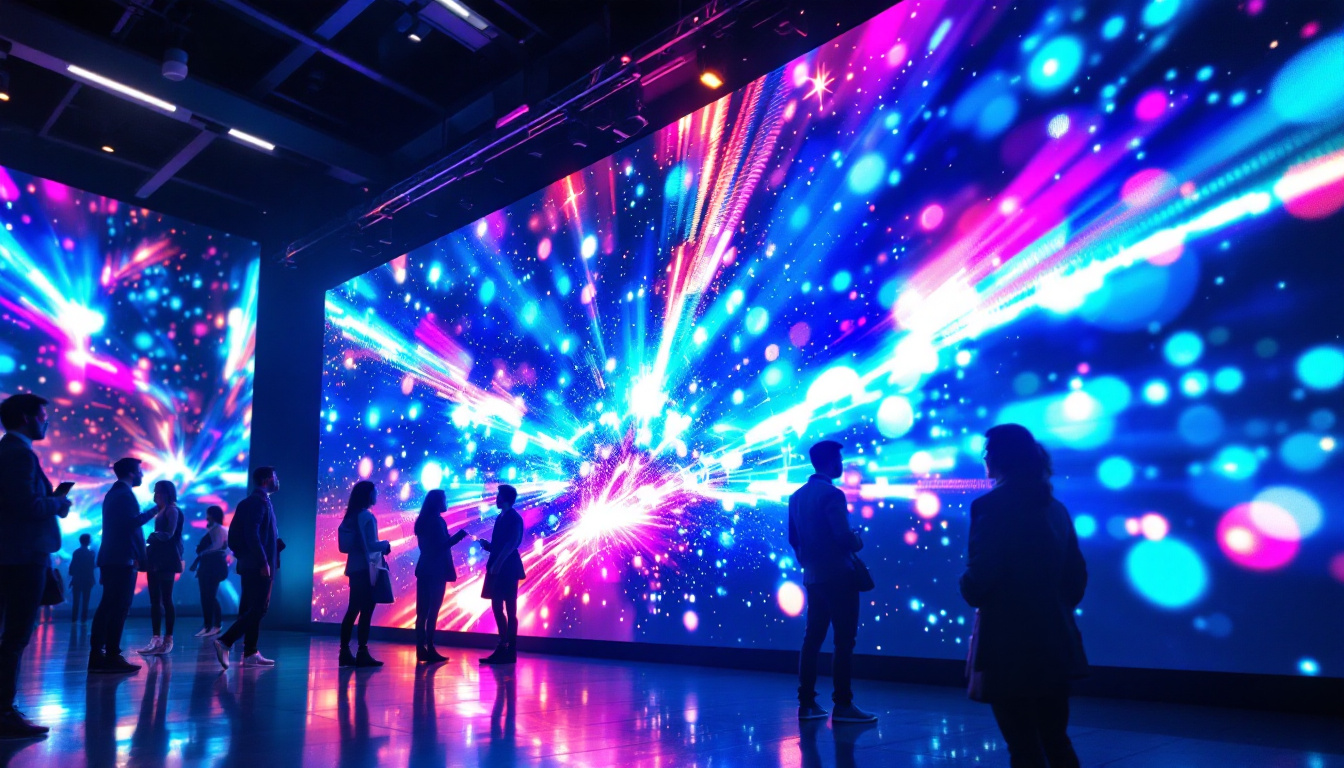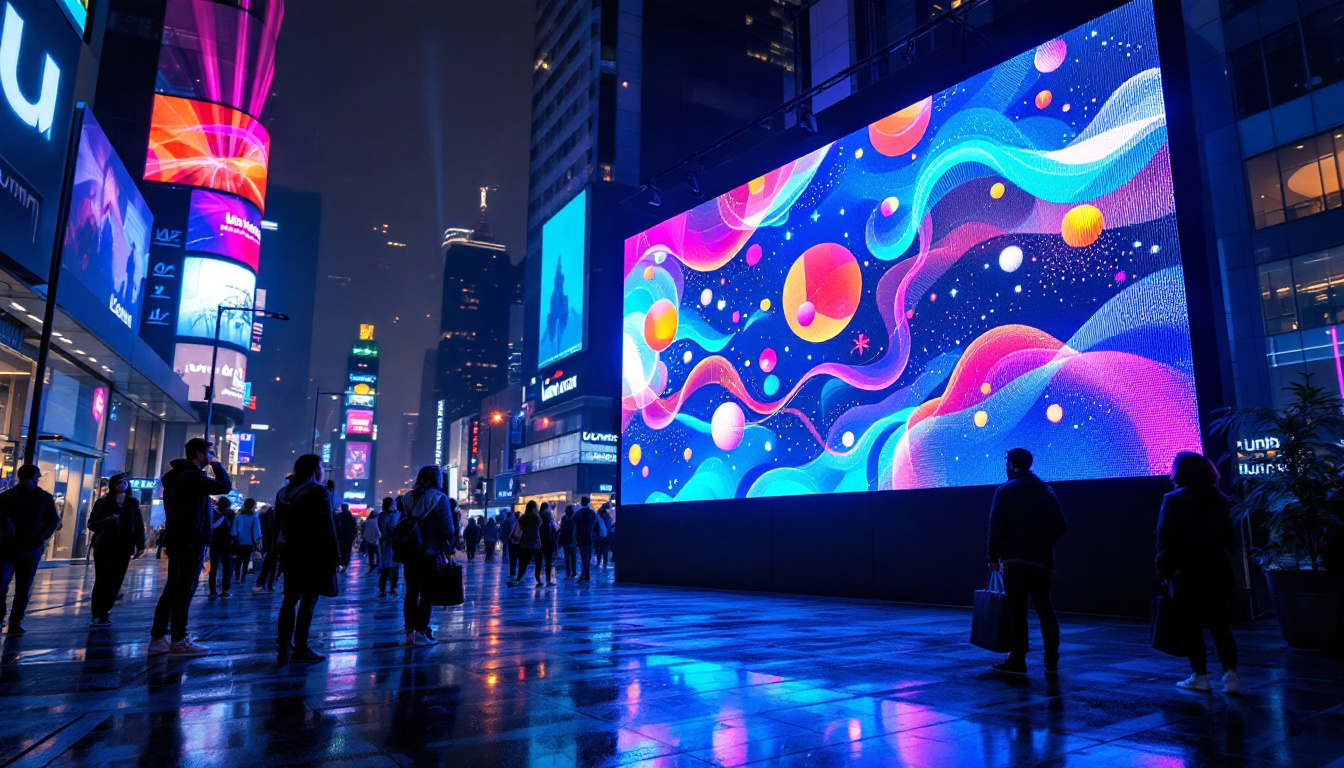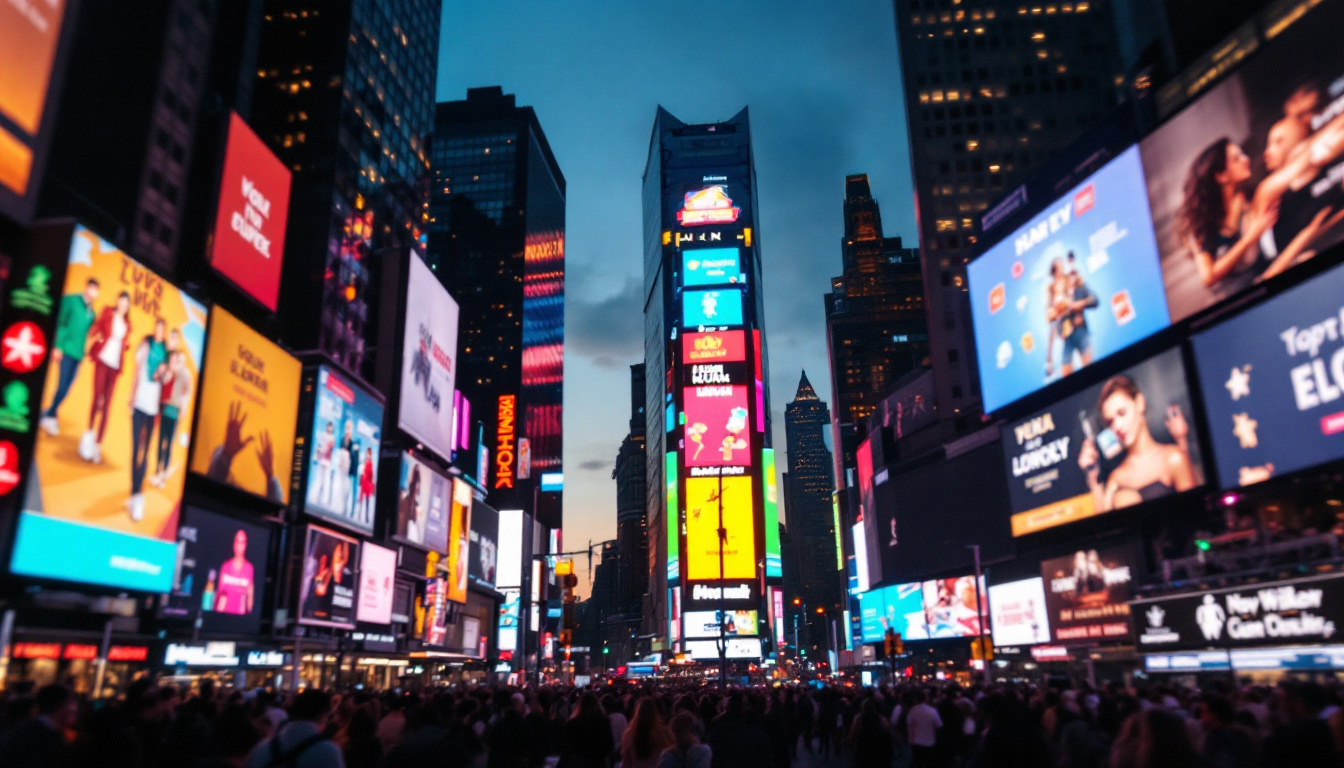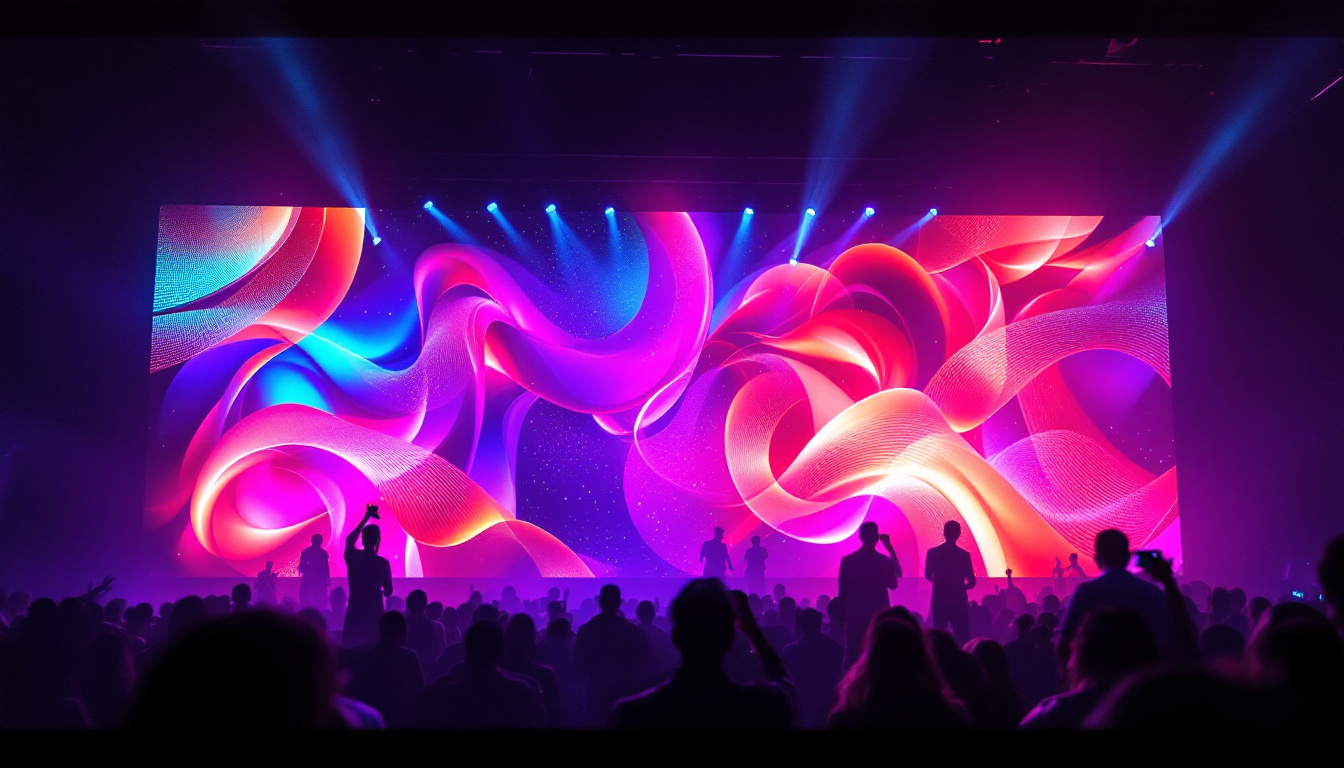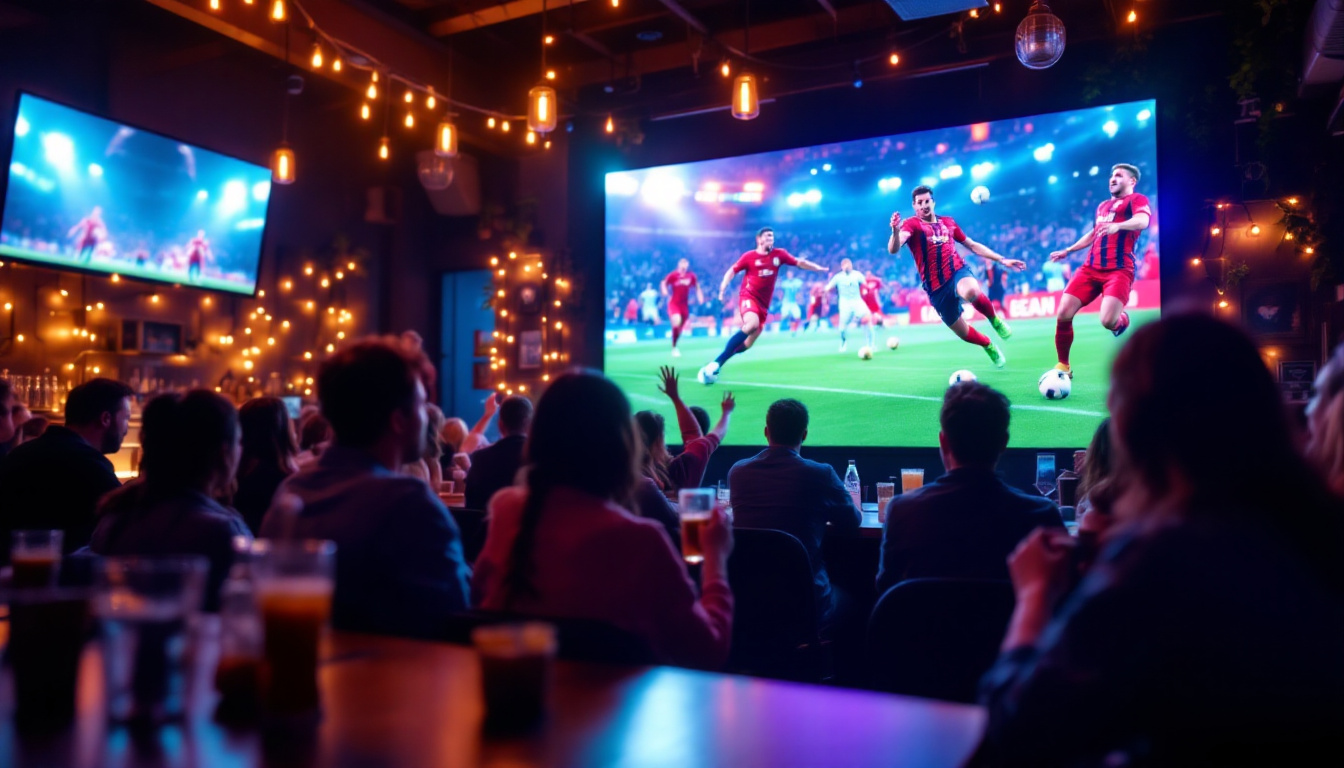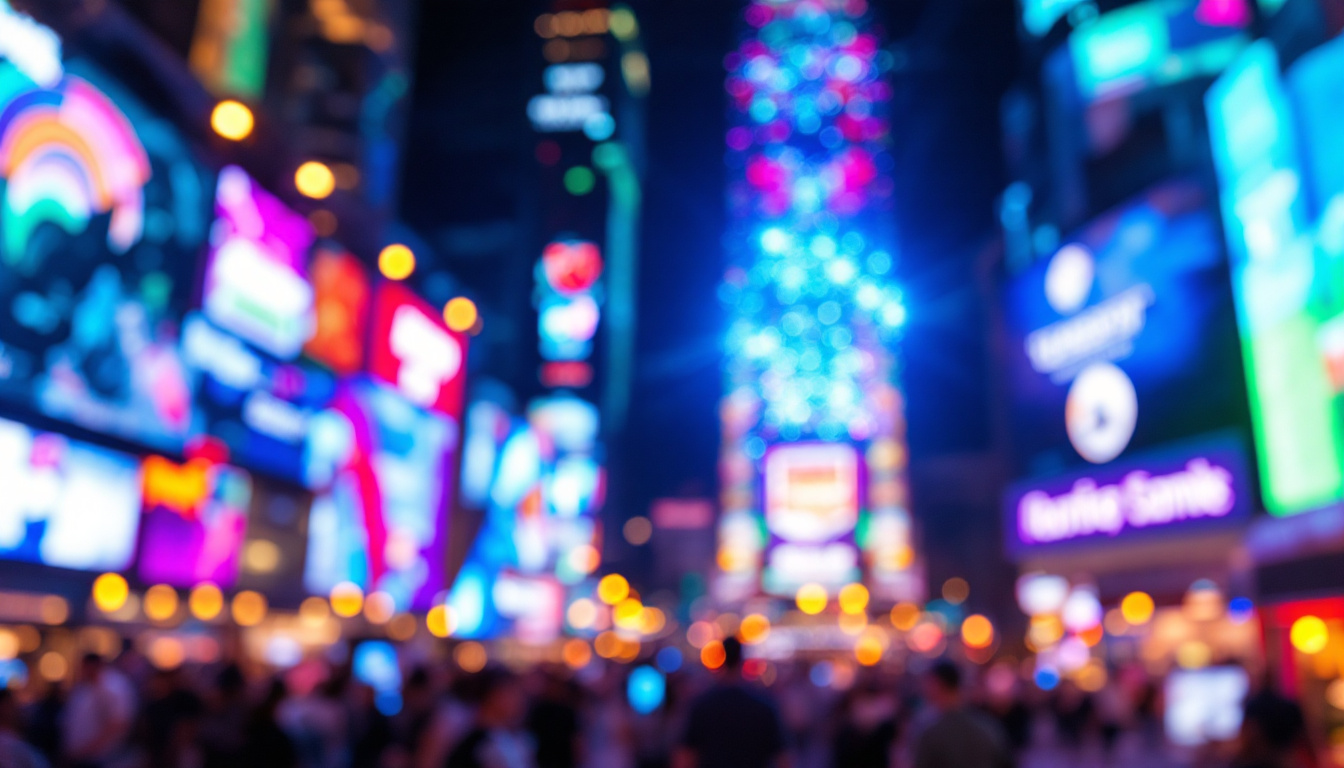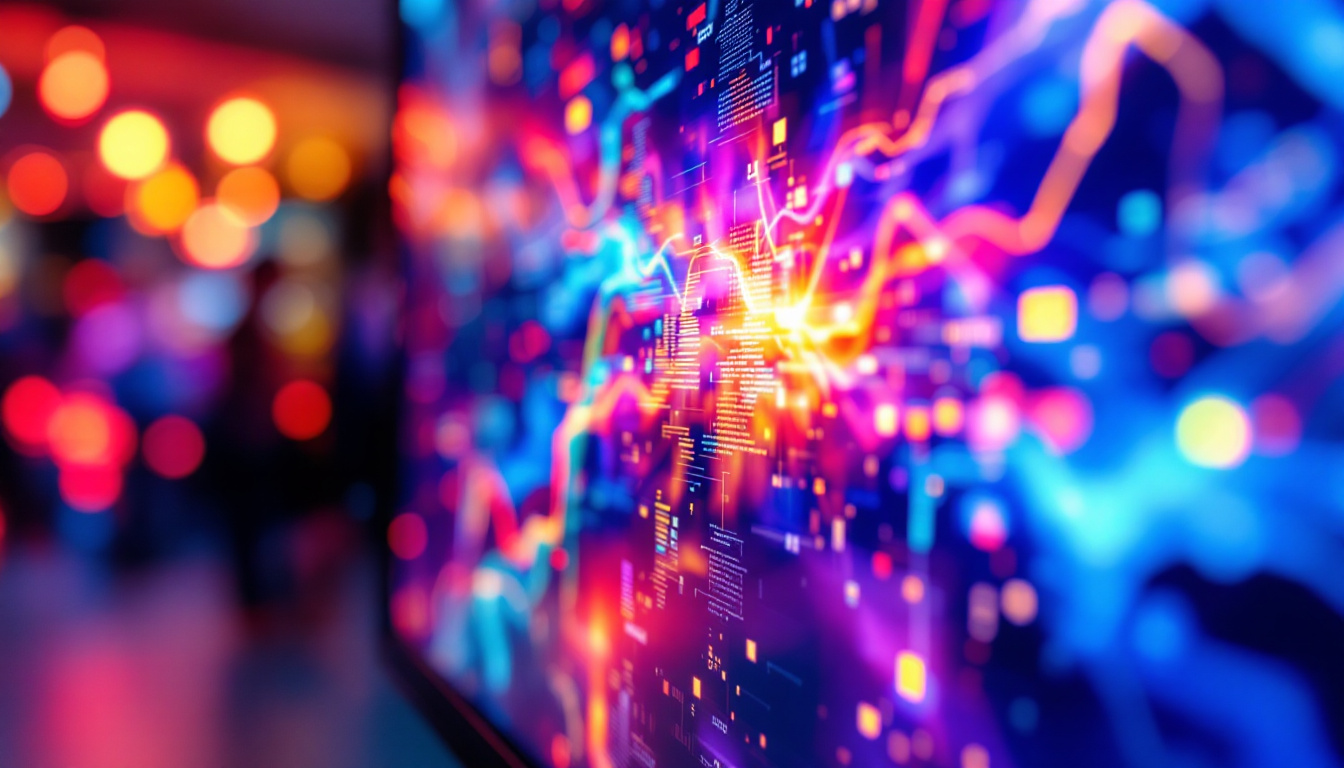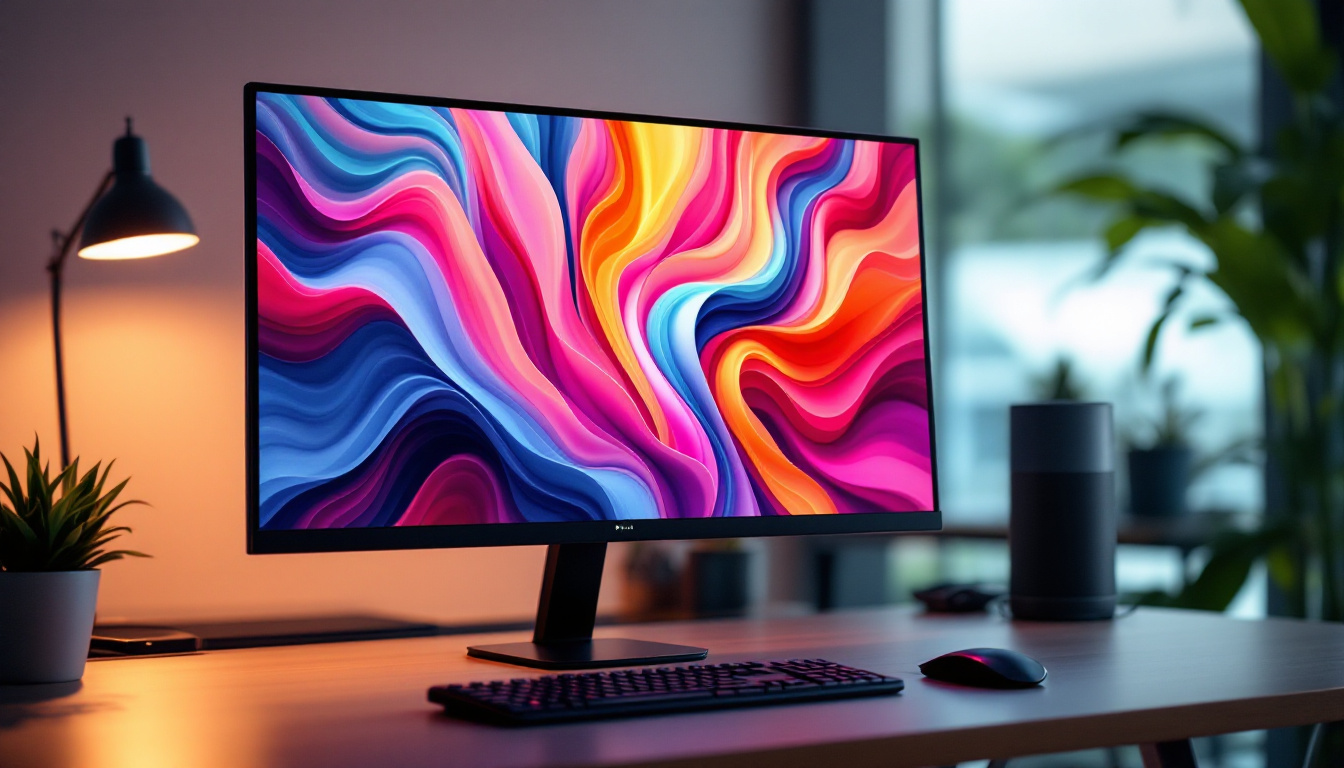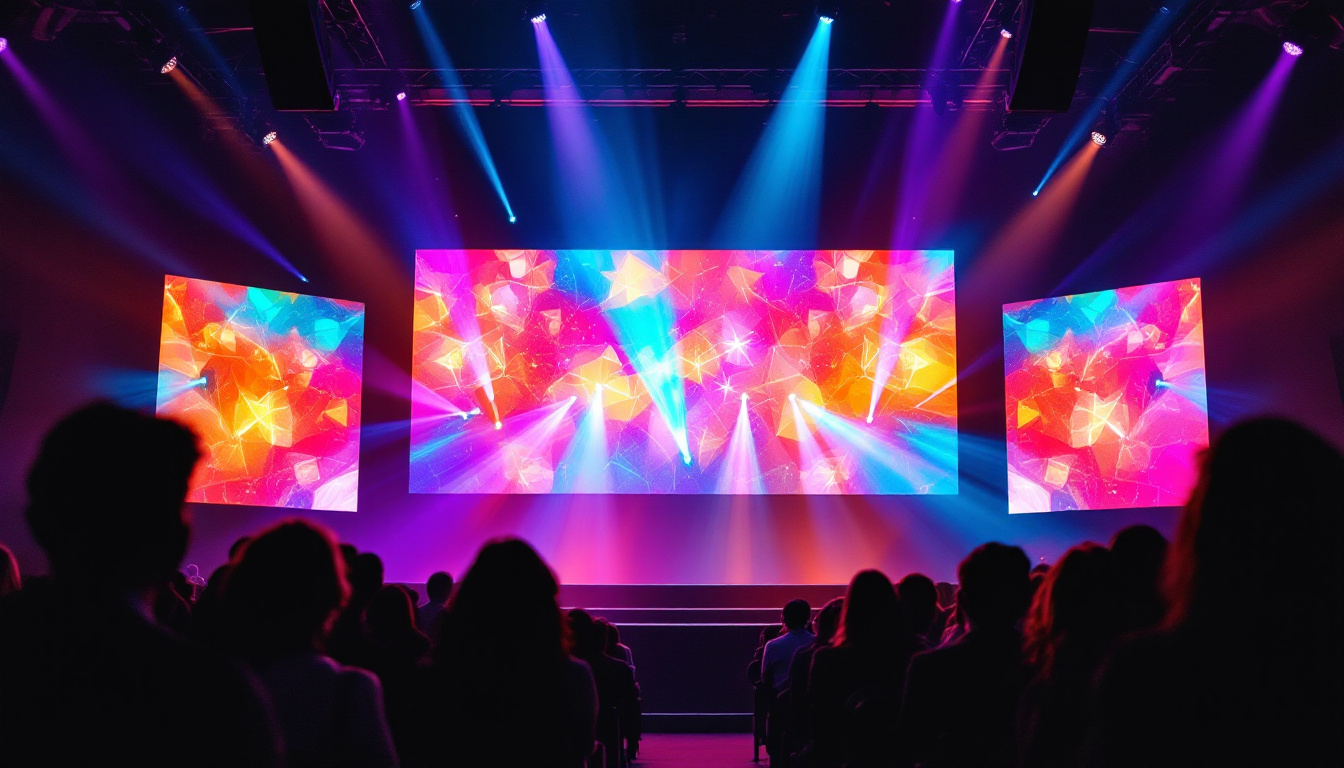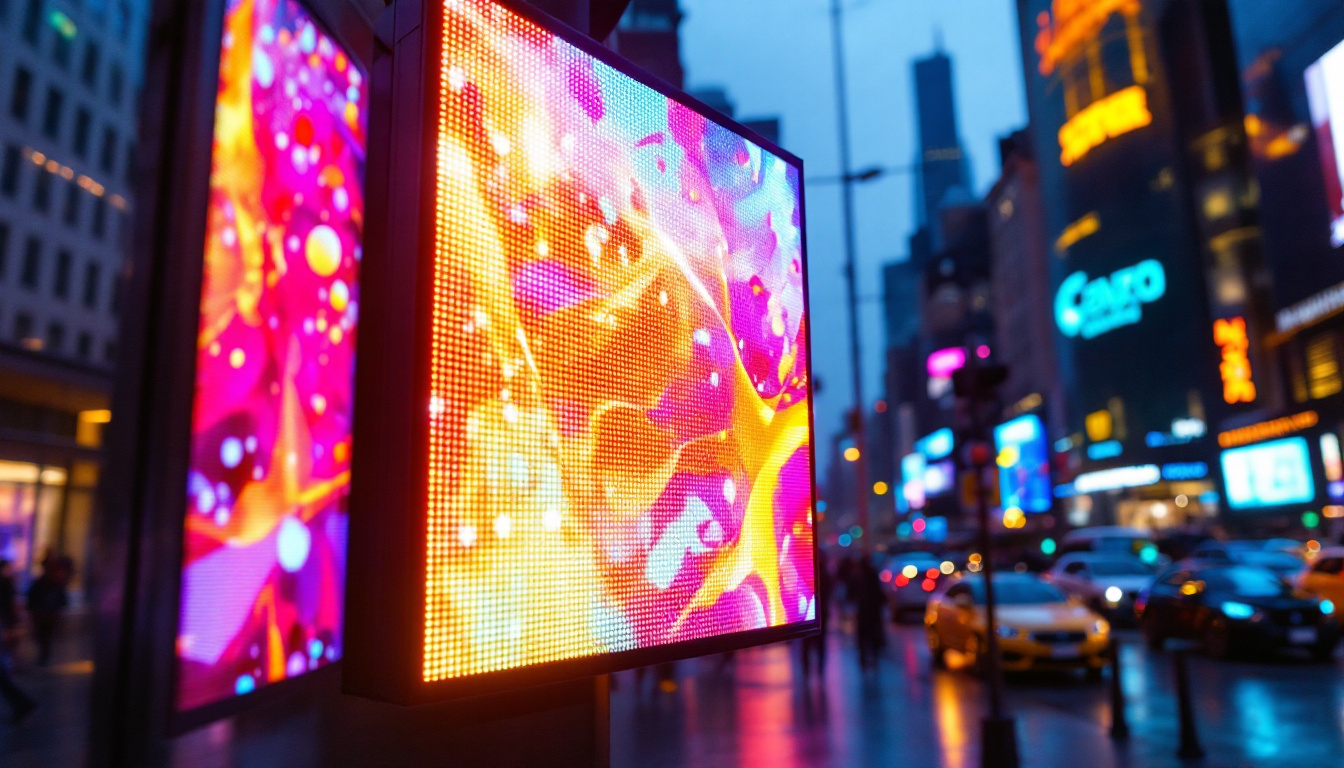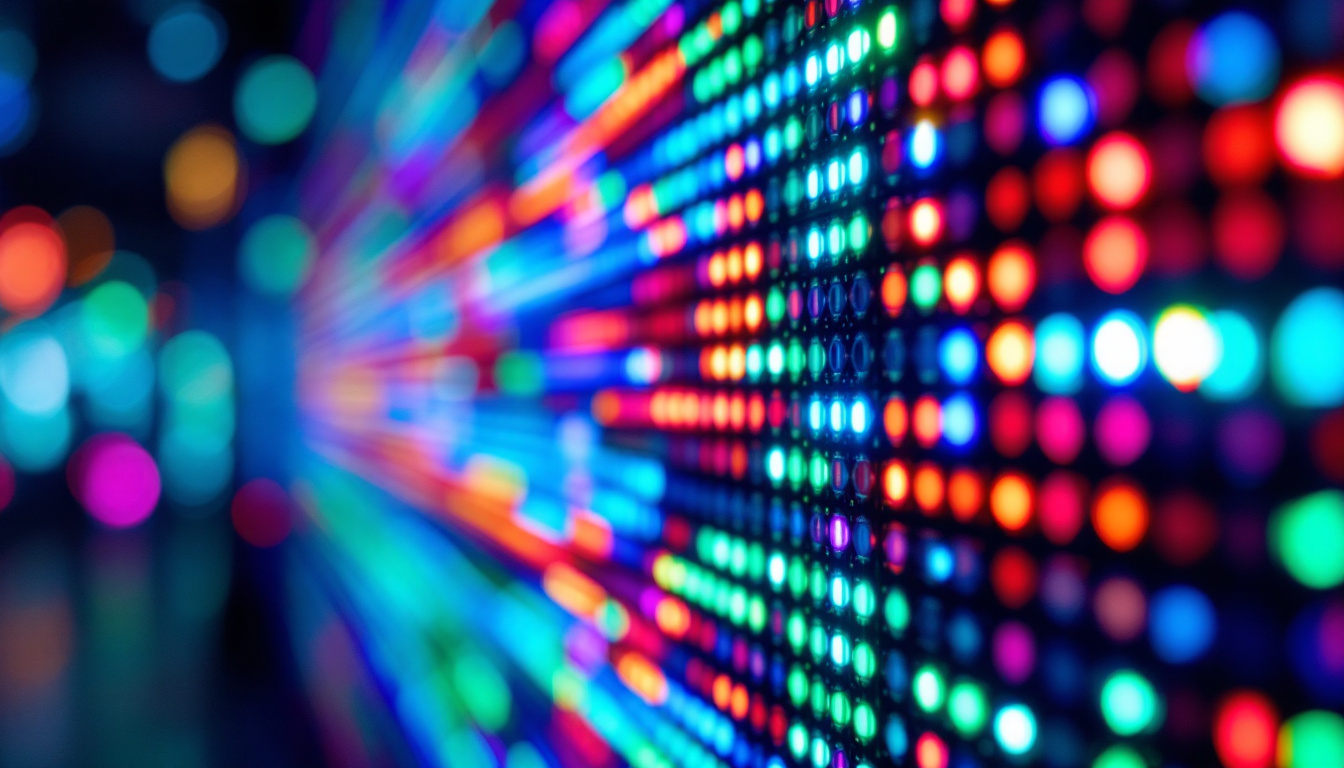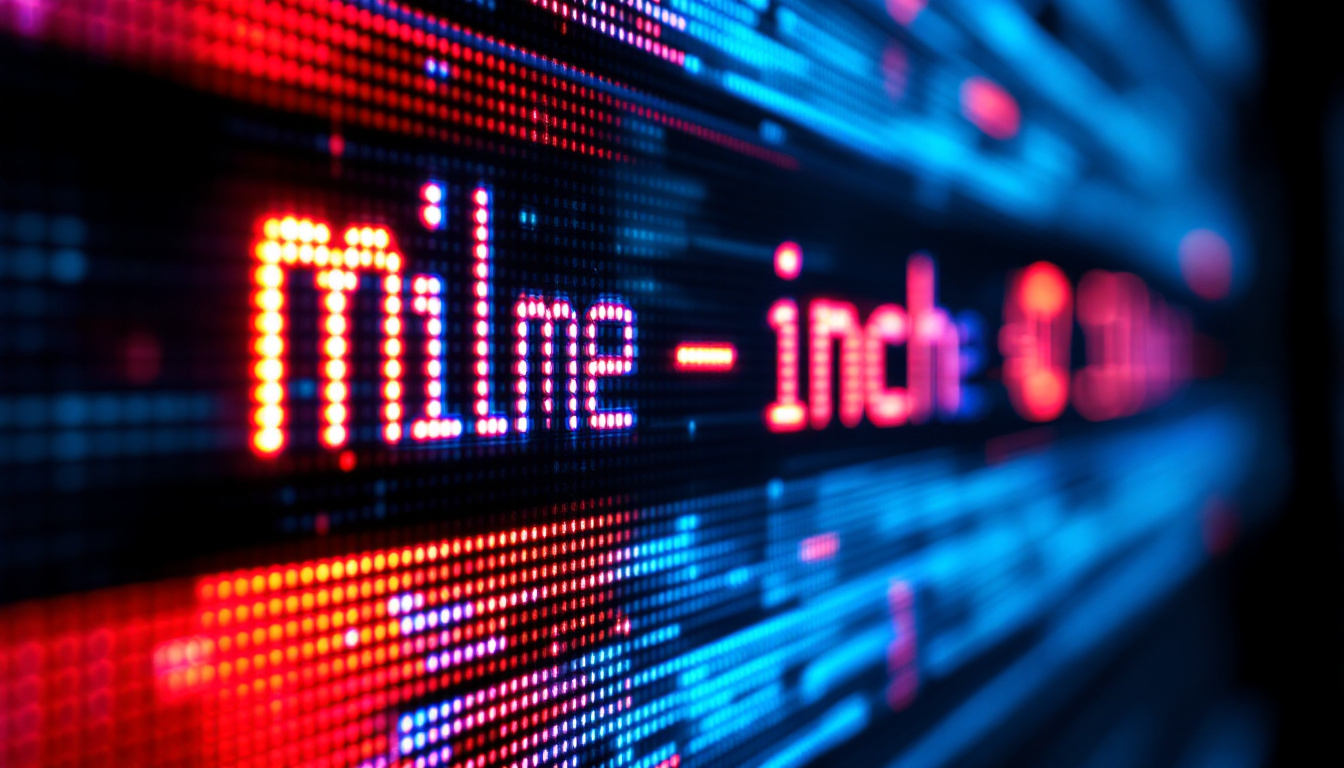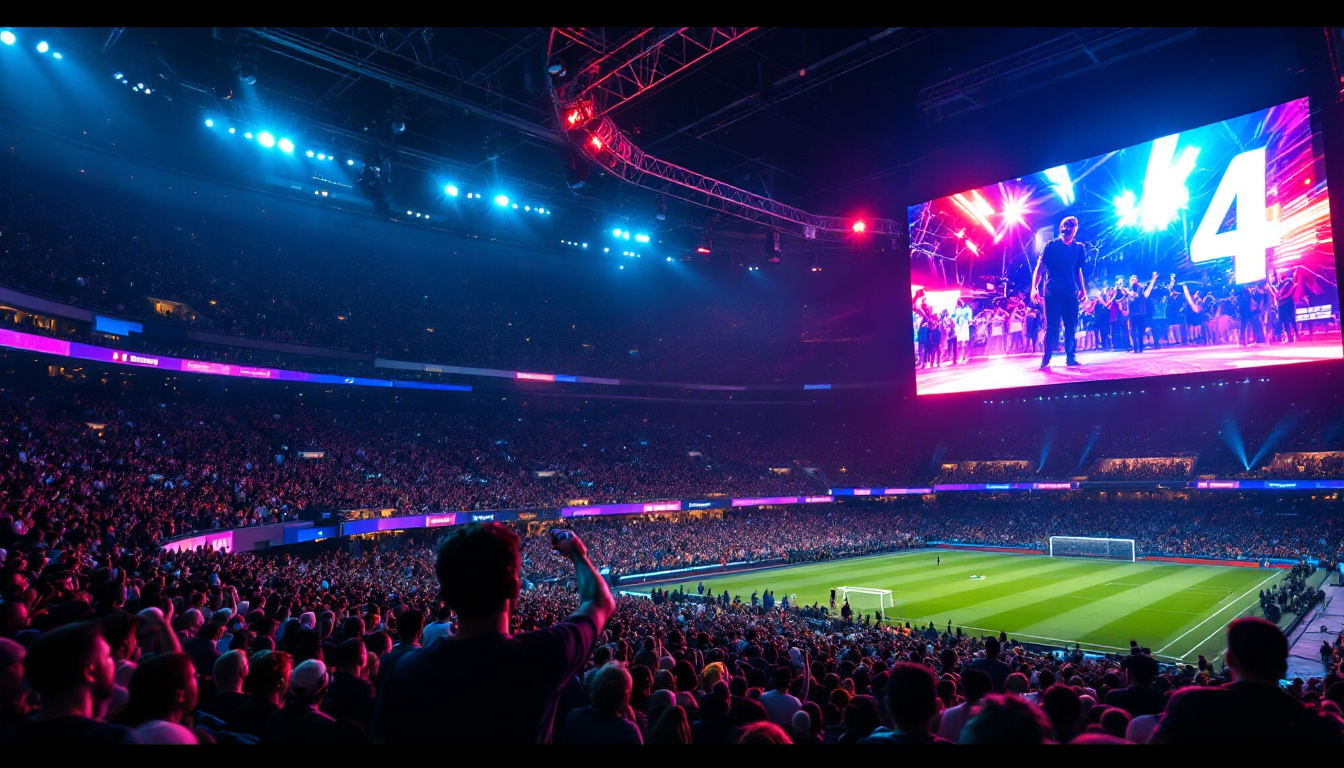In today’s digital age, LED displays have become ubiquitous, found in everything from smartphones to massive outdoor billboards. Understanding the intricacies of LED technology and its various applications can provide valuable insights into how these displays function and their role in modern communication.
What is an LED Display?
LED stands for Light Emitting Diode, a semiconductor device that emits light when an electric current passes through it. LED displays utilize this technology to create images and videos by illuminating pixels arranged in a grid. Each pixel is composed of red, green, and blue (RGB) diodes, allowing for a wide spectrum of colors and high-resolution images. This versatility in color production makes LED displays ideal for a variety of applications, from digital billboards to intricate video walls in concert venues.
Types of LED Displays
There are several types of LED displays, each suited for different applications. The most common types include:
- Direct View LED Displays: These displays are made up of individual LED modules that can be combined to form larger screens. They are often used for outdoor advertising and large-scale events due to their brightness and visibility from a distance. Their modular design allows for easy customization in size and shape, making them a popular choice for sports arenas and concert stages.
- LED Backlit Displays: These are traditional LCD screens that use LEDs as a backlight. This technology enhances the brightness and color accuracy of the display, making it popular for televisions and computer monitors. The use of LED backlighting has significantly improved the viewing experience, providing deeper blacks and more vibrant colors compared to older fluorescent backlit displays.
- Organic LED (OLED) Displays: OLED technology uses organic compounds to produce light, allowing for thinner screens and better contrast ratios. These displays are commonly found in high-end smartphones and televisions. The self-emissive nature of OLED means that each pixel can turn on and off independently, resulting in true blacks and a more immersive viewing experience.
How LED Displays Work
The operation of an LED display involves several key components. At the heart of the display is the pixel matrix, where each pixel is controlled individually. The display receives signals from a video source, which determines the color and brightness of each pixel. This process is facilitated by a driver circuit that converts the incoming video signals into electrical currents that can be used to illuminate the LEDs. The precision with which these signals are processed is crucial for achieving smooth motion and accurate color reproduction, particularly in fast-paced video content.
Brightness and color accuracy are crucial for LED displays, especially in outdoor settings where ambient light can affect visibility. Manufacturers often incorporate advanced technologies to enhance these aspects, ensuring that images remain vibrant and clear regardless of lighting conditions. Additionally, many modern LED displays feature adaptive brightness controls that automatically adjust the screen’s luminosity based on the surrounding environment, further improving the viewing experience. This adaptability not only enhances visibility but also contributes to energy efficiency, making LED displays a sustainable choice for both commercial and personal use.
Applications of LED Displays
LED displays have a wide range of applications across various industries. Their versatility and efficiency make them ideal for numerous settings, from commercial to entertainment. Here are some notable applications:
Advertising and Marketing
One of the most prevalent uses of LED displays is in advertising. Billboards and digital signage utilize LED technology to capture the attention of passersby with bright, dynamic content. These displays can be updated remotely, allowing businesses to change their advertisements in real-time, making them a cost-effective and flexible marketing solution.
Moreover, LED displays can be programmed to show targeted advertisements based on location or time of day, enhancing their effectiveness and engagement with the audience. This capability allows businesses to tailor their messages to specific demographics, optimizing their marketing strategies and increasing conversion rates. For instance, a coffee shop could display a morning special on its LED board during rush hour, while a bar might promote happy hour deals in the evening, ensuring that the content is relevant and timely.
Entertainment and Events
In the entertainment industry, LED displays play a crucial role in concerts, sports events, and theatrical performances. Large LED screens are often used to display visuals, enhancing the audience’s experience. Their ability to produce bright, high-resolution images makes them ideal for large venues where visibility is essential.
Additionally, LED technology allows for creative applications, such as interactive displays that respond to audience participation, further enriching the entertainment experience. For example, at music festivals, LED screens can be synchronized with the beat of the music, creating a captivating light show that immerses the audience in the performance. Furthermore, augmented reality features can be integrated into these displays, providing fans with unique experiences, such as viewing live statistics during a game or interactive storytelling during a play.
Transportation and Navigation
LED displays are also widely used in transportation systems. From digital billboards along highways to information screens at airports and train stations, these displays provide real-time updates and directions to travelers. Their bright illumination ensures that the information is easily visible, even in challenging lighting conditions.
Furthermore, LED displays in vehicles, such as buses and trains, serve to inform passengers of upcoming stops, delays, and other essential information, enhancing the overall travel experience. In addition, many cities are now implementing LED displays at traffic signals and intersections to improve safety by providing clear instructions to drivers and pedestrians. This innovative use of LED technology not only aids in navigation but also contributes to reducing traffic congestion by efficiently managing the flow of vehicles and pedestrians through busy areas.
Advantages of LED Displays
LED displays offer numerous advantages over traditional display technologies, making them a preferred choice for many applications. Here are some of the key benefits:
Energy Efficiency
One of the most significant advantages of LED displays is their energy efficiency. Compared to traditional incandescent or fluorescent displays, LEDs consume significantly less power, leading to lower operating costs. This efficiency is particularly beneficial for large displays that operate continuously, such as those used in advertising and public information.
Longevity and Durability
LED displays are known for their long lifespan, often lasting tens of thousands of hours. This durability reduces maintenance costs and the need for frequent replacements. Additionally, LED technology is more resistant to shock and vibration, making it suitable for outdoor environments and high-traffic areas.
High Brightness and Contrast
LED displays are capable of producing high brightness levels, ensuring visibility even in direct sunlight. This feature is particularly advantageous for outdoor advertising and public displays. Furthermore, the contrast ratios of LED displays are superior to many other technologies, allowing for deeper blacks and more vibrant colors.
Challenges and Considerations
While LED displays offer numerous advantages, they are not without challenges. Understanding these limitations is essential for making informed decisions about their use.
Cost Factors
Although the prices of LED technology have decreased over the years, high-quality LED displays can still represent a significant investment. The initial costs may deter some businesses, especially small enterprises. However, considering the long-term savings in energy and maintenance, many find that the investment pays off over time.
Color Calibration and Consistency
Achieving accurate color representation across an LED display can be challenging. Variations in manufacturing processes can lead to inconsistencies in color and brightness between different units. Regular calibration is necessary to ensure that displays maintain a uniform appearance, particularly in applications where multiple displays are used in tandem.
Heat Management
LED displays generate heat during operation, which can affect performance and longevity if not managed properly. Effective heat dissipation methods, such as cooling fans or heat sinks, are essential to maintain optimal operating temperatures and prevent damage to the display components.
Future Trends in LED Display Technology
The LED display industry is continually evolving, with advancements in technology leading to exciting new possibilities. Here are some emerging trends to watch:
MicroLED Technology
MicroLED is a cutting-edge technology that utilizes tiny individual LEDs to create displays. This innovation promises even higher resolutions and improved color accuracy compared to traditional LED displays. MicroLED technology is still in its infancy, but it holds great potential for applications in televisions, smartphones, and large-scale displays.
Flexible and Transparent Displays
Flexible LED displays are gaining traction, allowing for innovative applications where traditional rigid displays would be impractical. These displays can be bent or shaped to fit various surfaces, opening up new design possibilities in architecture and product design. Transparent LED displays are also emerging, enabling the integration of digital content into windows and glass surfaces without obstructing visibility.
Integration with Smart Technologies
As the Internet of Things (IoT) continues to expand, LED displays are increasingly being integrated with smart technologies. This integration allows for real-time data sharing, interactivity, and enhanced user experiences. For example, smart LED displays can adjust their brightness based on ambient light conditions or display personalized content based on viewer preferences.
Conclusion
LED displays have revolutionized the way information is conveyed, providing vibrant, dynamic, and efficient solutions for various applications. From advertising and entertainment to transportation and beyond, the versatility of LED technology is evident in its widespread use.
As advancements continue to emerge, the future of LED displays looks promising, with innovations such as MicroLED technology and smart integrations paving the way for even more exciting possibilities. Understanding the nuances of LED displays will enable businesses and consumers alike to harness their potential effectively, ensuring that they remain at the forefront of visual communication.
Discover Cutting-Edge LED Display Solutions with LumenMatrix
Embrace the future of visual communication with LumenMatrix’s innovative LED display technology. As a leader in the industry, LumenMatrix is committed to enhancing your brand’s presence and creating immersive visual experiences that captivate and engage. Whether you’re looking for Indoor LED Wall Displays, Outdoor LED Wall Displays, or specialized solutions like Vehicle LED Displays, LED Sports Displays, or Custom LED Displays, LumenMatrix has the state-of-the-art products to revolutionize your visual storytelling. Don’t miss the opportunity to transform your space with our advanced LED solutions. Check out LumenMatrix LED Display Solutions today and step into a world of vibrant, dynamic displays.

